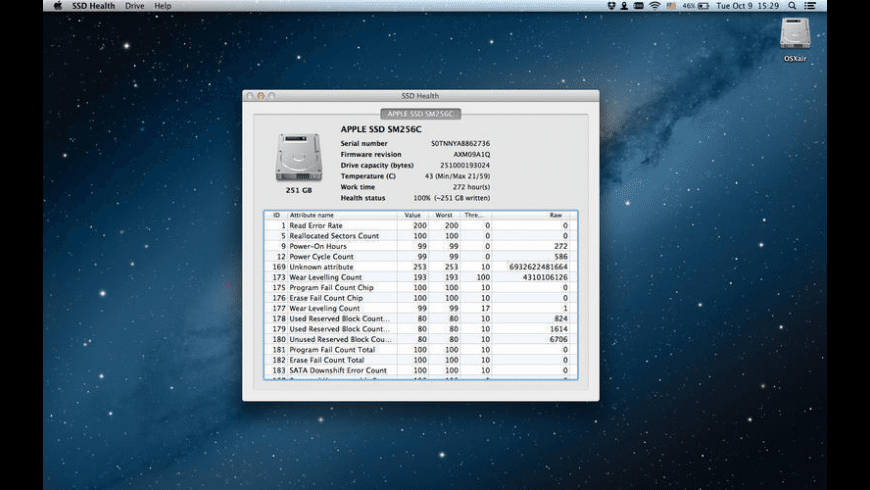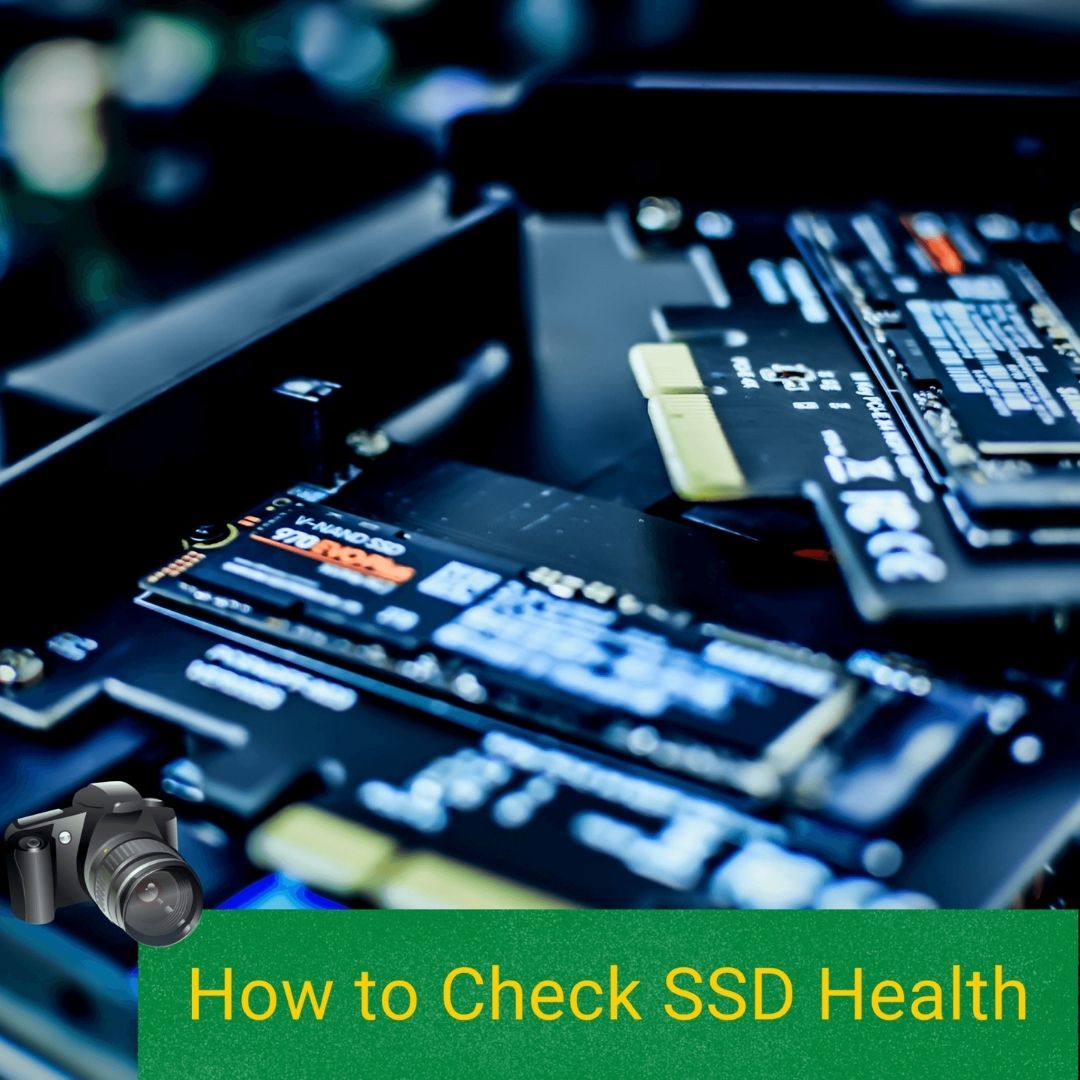
Currently, the average SSDI payment is $1,234 per month, up to the maximum monthly benefit of $2,861. Since SSDI is based on the beneficiary’s earnings record, the monthly payment is typically much higher than the monthly SSI benefit. SSI benefits are reduced by any income received by the beneficiary, which means that the monthly payment could be less than $771. In 2019 the FBR is $771 month for an individual and $1,157 for couples, and the FBR increases annually if there is a Social Security cost of living adjustment. The monthly SSI payment is based on the federal benefits rate (FBR). SSI differs because beneficiaries automatically qualify for Medicaid, the joint state and federal healthcare program that provides comprehensive medical coverage.įinally, the financial benefits of SSI and SSDI vary greatly.

Because there are gaps in Medicare coverage, however, recipients typically purchase supplemental health insurance. Medicare is a federal program that provides coverage for most primary medical care and routine hospital services. SSDI beneficiaries are eligible for Medicare two years after becoming eligible for SSDI. In addition, both programs provide beneficiaries with access to different health insurance programs benefits. Because it is limited to these individuals, there are strict financial requirements for eligibility.

SSI, on the other hand, is known as a “means-tested” benefit that is designed to help elderly, blind and disabled individuals pay for basic needs such as food and shelter. What are the differences between SSDI and SSI?Īlthough SSDI and SSI are both federal programs that provide financial assistance to individuals who meet the definition of disabled, the two programs are different in a number of ways.įirst, SSDI is an entitlement program generally available to any individual who has paid into the Social Security for at least 10 years, regardless of his or her income or assets. To be eligible, the applicant’s income and resources must fall below a certain threshold ($2,000 for an individual or $3,000 for a married couple) however, a primary residence is not included in the calculation of resources. They also cover children under the age of 18 with a qualifying medical condition.

Whether you are filing an initial disability application or an appeal, it is crucial to have proper legal representation.ĭisability Attorneys of Arizona provides advice and guidance to individuals who are seeking disability benefits. Nonetheless, both programs are similar in that obtaining disability benefits is a lengthy and complicated process. The Social Security Administration (SSA) offers two benefit programs that have vastly different eligibility requirements and financial benefits.


 0 kommentar(er)
0 kommentar(er)
